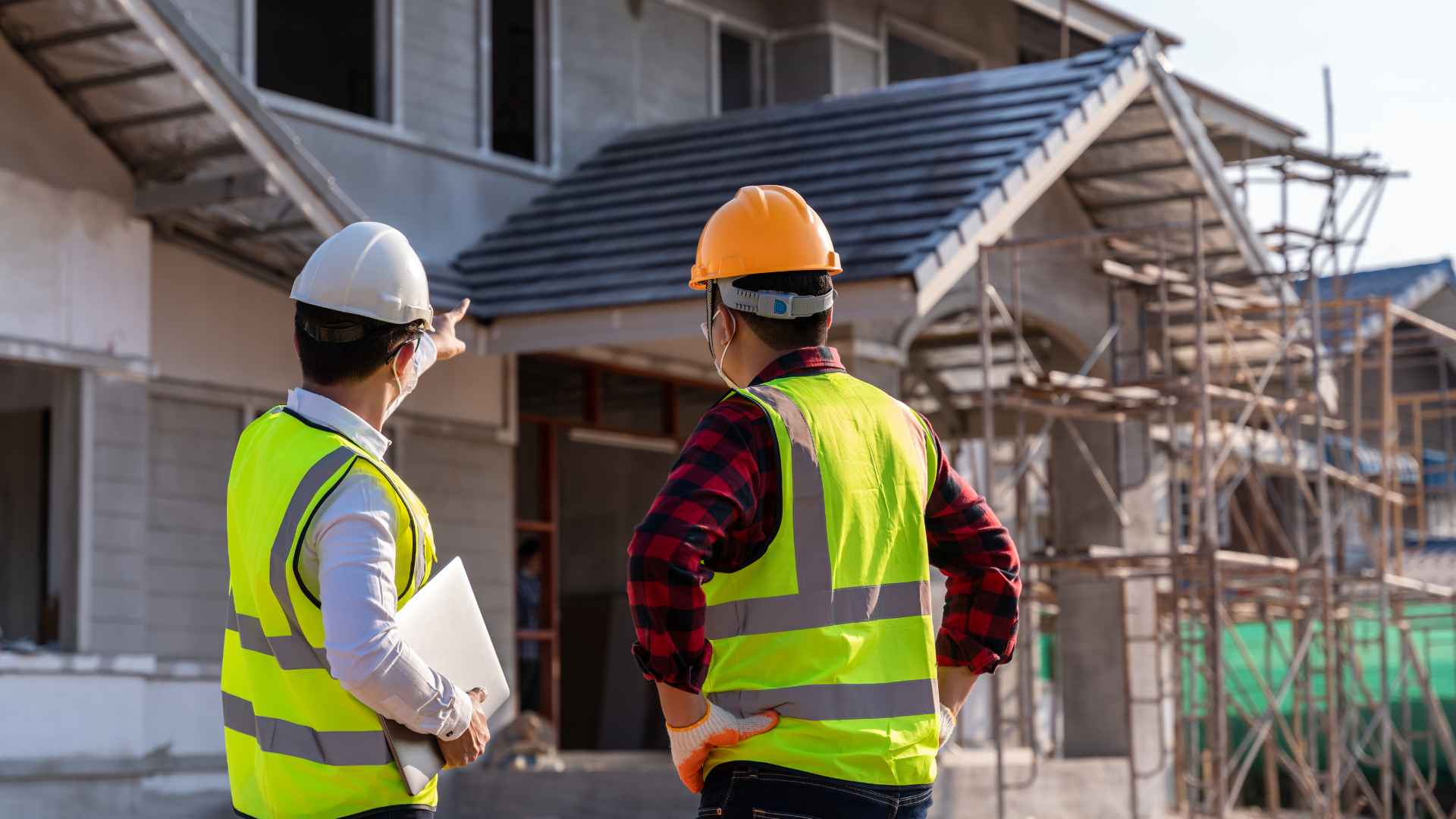Ah, the dream of building your own home! It’s like crafting a personal piece of paradise. But let’s be real: the road to creating your haven can be littered with budget pitfalls and expense landmines. Fear not! I’m here to share some savvy tips to keep your bank account smiling as you embark on this exciting journey.
Understanding Your Budget
1. Start with a Clear Picture
First things first, get a grip on your finances. How much can you really afford to spend? This isn’t just about the money you have in the bank; consider your stable income, ongoing expenses, and yes, those sneaky little emergencies that like to pop up unannounced. You also need to look at the costs in your area too, for example, the average cost to build a house in PA, so you know what you’re working with.
2. Dream Big, Plan Smart
Dream home doesn’t mean a fantasy castle (unless you can afford one, then by all means!). Balance your desires with reality. Companies like Kopper Creek Homes Montrose (or other similar services elsewhere) tend to specialize in helping homeowners achieve their dream homes while staying within budget. They understand that smart planning is key to realizing your vision. For instance, you might be asking yourself if you would like to have a marble foyer. That is a great option but maybe opt for less expensive tiles especially if you plan on budgeting. As such, with expert guidance, you can prioritize luxury elements while making savvy choices in other areas, ensuring your dream home is both beautiful and attainable.
Choosing the Right Team
3. The Golden Rule of Hiring
Building a solid team for any construction project is crucial, involving architects, builders, and contractors. However, it’s essential not to settle for the first option you come across. Conduct thorough research, compare different professionals, and don’t hesitate to negotiate terms that work best for your project and budget. Keep in mind that the highest price doesn’t necessarily guarantee the best outcome. Instead, prioritize expertise, reliability, and a track record of successful projects. By investing time in selecting the right team members, including a skilled general contractor, you ensure that your construction project progresses smoothly and achieves the desired results within your means.
4. Communication is Key
It’s crucial to ensure that your team understands and shares your vision clearly. Clearly articulate your expectations and objectives from the outset, leaving no room for ambiguity. Keep communication channels open and encourage regular updates and feedback from all team members. Misunderstandings in construction projects can lead to costly delays, errors, or rework, impacting both the timeline and budget. By fostering a collaborative environment where everyone is aligned on the project’s goals and details, you enhance the likelihood of a successful outcome. Effective communication ensures that everyone is on the same page, minimizing misunderstandings and maximizing efficiency throughout the construction process.
Designing on a Budget
5. Function Over Frills
When planning the construction of speculative or custom homes in Chester County, PA, or one in your location, it’s essential to prioritize functionality over purely aesthetic considerations. While features like extra-large windows may appear visually striking, it’s crucial to assess whether they serve a practical purpose beyond enhancing the appearance. Consider factors such as natural light distribution, energy efficiency, and how the space will be utilized daily.
6. Energy Efficiency for the Win
Think long-term savings. Energy-efficient designs might cost more upfront, but they’ll save you a bundle in the long run. For instance, well-insulated walls and windows can minimize heating and cooling costs throughout the year by maintaining consistent indoor temperatures. Similarly, energy-efficient appliances use less electricity or water, reducing monthly utility expenses. These savings accumulate over the years, offsetting the initial higher costs of energy-efficient upgrades.
Managing the Building Process
7. Stay on Top of Things
Regular site visits during construction are essential for ensuring project success and preventing costly mistakes. By regularly inspecting the construction site, you can actively monitor progress, assess work quality, and address any potential issues or discrepancies before they escalate.
8. Flexibility Saves Money
Be flexible. Sometimes, things won’t go as planned. Adapting can save you more than insisting on something that’s proving to be a budget buster.
Finishing Touches
9. DIY Decor
When it comes to interior decoration, your creativity can save you tons. DIY projects can be fun and give your home a unique touch.
10. Second-Hand Treasures
Don’t underestimate thrift stores and flea markets. Some of the best, most character-filled items can be found for a fraction of the cost of new ones.
Expanded Budgeting Insights
11. Future-Proofing Your Home
Think about the future. Will your family grow? Might you need a home office later? Designing with future needs in mind can save you from expensive remodeling down the line.
12. Insurance and Taxes
Don’t forget the less exciting but crucial aspects like property taxes and insurance. These can significantly impact your overall budget, so factor them in early.
In-Depth Team Selection
13. Check References Thoroughly
Before signing on the dotted line with a contractor or architect, dive deep into their references. Happy former clients are usually a good sign of a job well done.
14. Emphasize Local Expertise
Local builders often have insights into cost-saving materials and design elements that are specific to your area’s climate and geography.
Smart Design Choices
15. Multi-Functional Spaces
Incorporating multi-functional rooms in your home design offers practicality and efficiency, particularly in optimizing space and budget. For example, a guest room that doubles as a study serves dual purposes without the need for separate dedicated spaces. This approach not only saves on square footage but also reduces construction costs associated with building additional rooms.
16. Opt for Timeless Over Trendy
Choose designs that are timeless. Timeless designs have enduring appeal that transcends passing trends, ensuring that your home maintains its aesthetic charm and value over the years without becoming dated.
Trendy designs, while appealing initially, can quickly become outdated as design trends evolve. This can necessitate costly updates or renovations to keep up with current styles, which may not align with your long-term vision or budget.
Construction Management
17. Understand Material Costs
Get a basic understanding of material costs. This knowledge helps in making informed decisions and can prevent being overcharged.
18. Regular Budget Reviews
Regular budget reviews during the construction phase are essential for proactive financial management. By scheduling these reviews at key milestones, such as before starting new phases or after completing significant portions of the project, you can effectively monitor expenses and identify potential budget overruns early on.
Eco-Friendly and Cost-Effective
19. Rainwater Harvesting Systems
Installing a rainwater harvesting system is a sustainable choice that offers both environmental benefits and cost savings. This system collects rainwater from rooftops or other surfaces, storing it for future use in landscaping, irrigation, or even household purposes like toilet flushing or laundry.
20. Use Local Materials
Opt for locally sourced materials. It offers dual benefits: it reduces transportation costs and is environmentally friendly. By choosing materials sourced nearby, you minimize the carbon footprint associated with transportation, as well as support local businesses and economies.
The Final Stages
21. Landscaping on a Budget
Landscaping can be done gradually. You can start with foundational elements, such as establishing a basic lawn and perhaps planting a few trees or shrubs. It can create a functional and aesthetically pleasing landscape while managing costs over time. Also, begin by assessing your immediate needs and priorities for the outdoor area. This could involve clearing and leveling the terrain, seeding or laying sod for a lawn, and installing basic irrigation if necessary. These foundational steps provide a clean canvas for future landscaping projects. By partnering with a reputable Landscaping company, you can turn this vision into reality. They can provide expertise in planning and executing landscaping projects, ensuring that each element, from lawn installation to plantings and irrigation, everything is handled professionally.
22. Quality Over Quantity
When furnishing your home, prioritizing quality over quantity is a wise approach. Opting for a few well-made pieces rather than numerous lower-quality ones ensures that your furniture not only looks good but also lasts longer and performs better over time.
Wrapping It Up
23. Celebrate the Small Wins
Enjoy the process! Each step brings you closer to your dream home. From conceptualizing the initial design to finalizing construction details, every decision and progress made brings you closer to realizing your vision.
24. Patience Pays Off
In the realm of home building, patience proves invaluable. Rushing decisions can frequently result in unforeseen expenses and complications. When you take your time to carefully consider each step, you allow for thorough planning and assessment of options.
Conclusion
Building your dream home doesn’t have to be a wallet-draining nightmare. With smart planning, a clear budget, and a dash of creativity, you can turn the home of your dreams into a beautiful reality. So, roll up your sleeves, put on your thinking cap, and let’s make that dream home happen without breaking the bank! ğŸ-︟’°ğŸ

